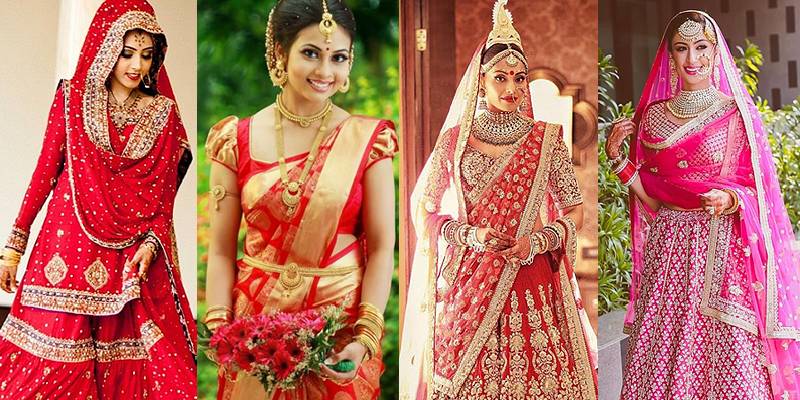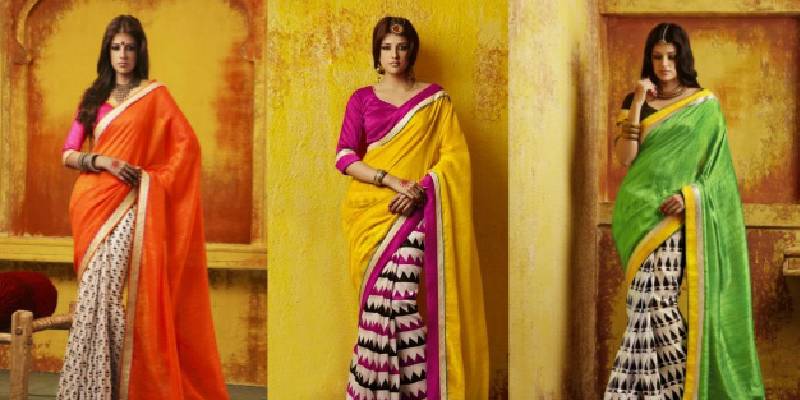
The present fashions sense of Indian people can trace its routes to the ancient civilizations of Harappa and Mohenjo-Daro. With every ruler and culture that has been a part of our history, an impact was made on how people dressed. Some of that effect is visible even today. A perfect example is the re-emergence of the Anarkali. A style of salwar kurta, it was prevalent in the Mughal era. Today, we see it on the streets again.
In this short piece, we leaf back the book of fashion and see how the saree and the salwar-kameez have changed. The hope is by reflecting on the changes in fashion; we can discern the transformation that has occurred in personalities too.
We pick the saree first. A traditional Indian attire, this six and a half-metre-long fabric has been draped in over hundreds of ways. Long back, the way it was wrapped might have changed from state to state, but the blouse style was always eerily similar. Today, fashion has brought about a paradigm shift in that style. Instead of a U-neck and half-sleeve design, blouses come in:
• Katori style
• Halter neck
• Back-button
• High-necks
• Puffed sleeves
• Backless
• Bow style
Explore More About : A Look At Women’s Fashion In India
Even the length of the blouse has decreased because it offers a more contemporary look to the wearer. The method of draping the saree is still the same because it provides the most comfortable wear.
When we take a look at salwar-kameez, the change is even more drastic. It first began as switching out the salwar or chudidar with jeans or pants. The combination of a kurta and jeans created a unique Indo-western outfit that was not just smart but easy on the skin. Next came the variations in the kurta style. They were cut short to make kurtis.
They were tightened to stick to the skin. They were given asymmetrical cuts to offer an unusual look. The modern version of the kurta can take any form and be worn with anything.
It is not just the styling of saree and salwar-kurta that has altered. The fabric used to make them, the patterns in it and the work done on them has also evolved. Tellingly, both have become an extension of the values, beliefs, and thoughts of the current generation woman. They are what the modern female wants them to be and not just clothes handed down to them over generations.

